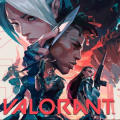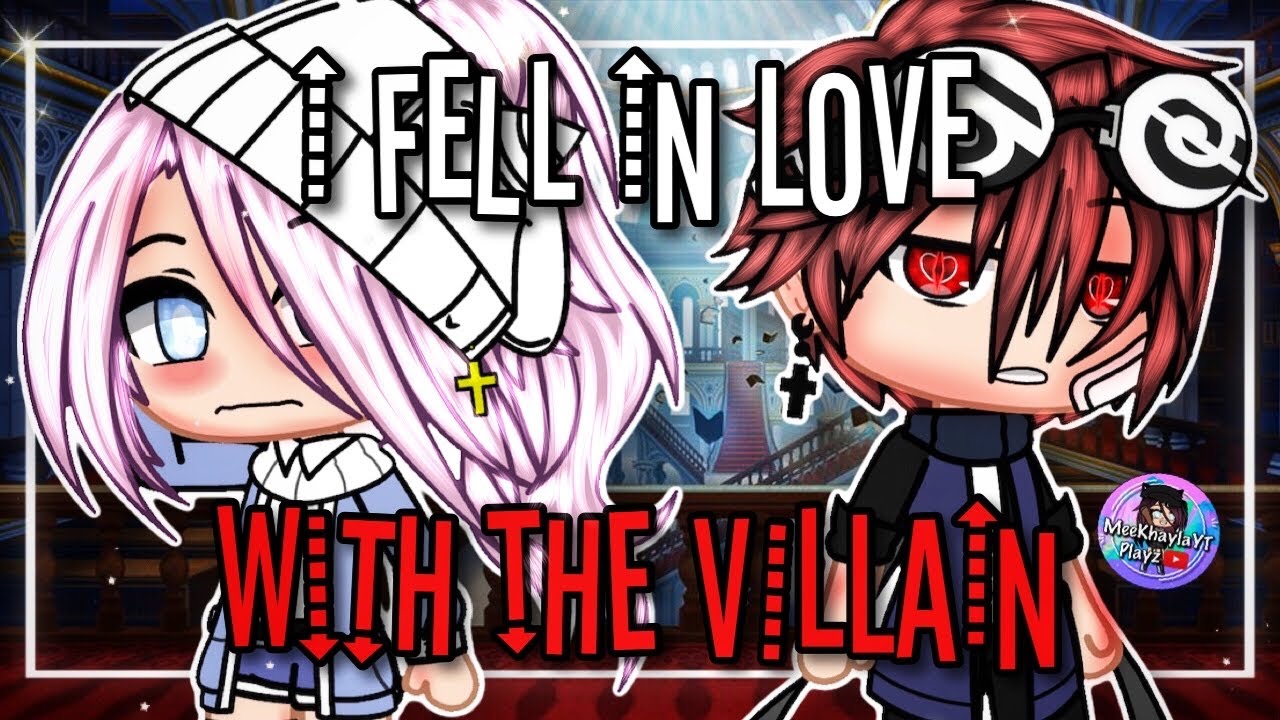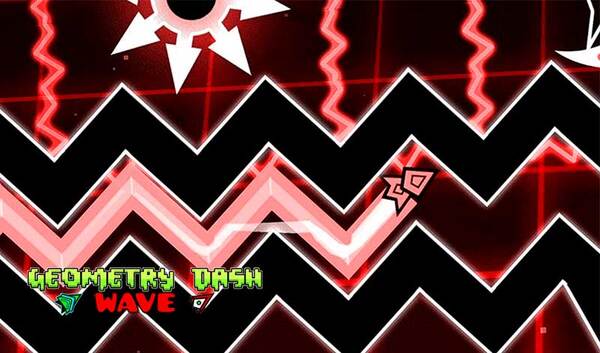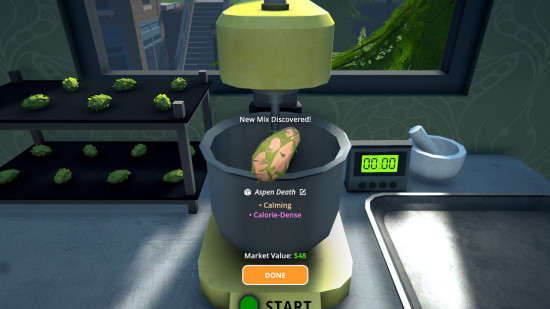Popular Now
Gacha Club, developed by Lunime, is often perceived as a vibrant and casual avatar creation tool for younger audiences. But beneath its colorful interface lies one of the most open-ended storytelling environments available in mobile gaming. With its robust Studio Mode, expansive customization systems, and scene composition tools, Gacha Club is more than a game—it’s a full-fledged narrative platform. This article will explore how players can use Gacha Club to craft immersive stories, step by step, from initial idea to published story arc.
Inspiration Begins the Storytelling Journey
Every narrative starts with a spark—an idea, a conflict, a setting, or a character. Gacha Club encourages players to think visually, allowing them to channel their inspirations directly into character and scene design.
Whether players begin with a plot concept or simply a striking character idea, Gacha Club’s visual-first approach makes it easy to develop stories from the ground up. There is no predefined structure or genre, so players can experiment freely.
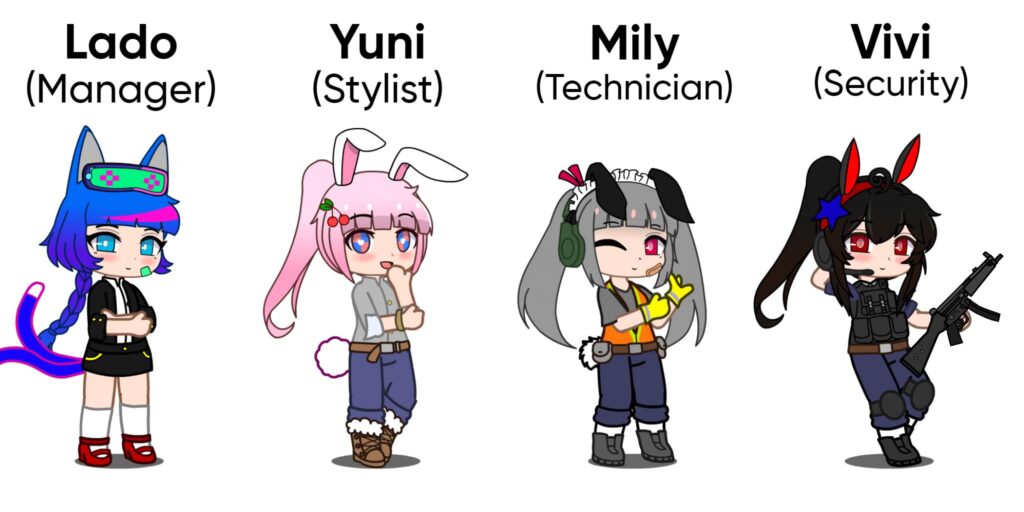
Many creators are inspired by anime, fantasy tropes, or even their own school experiences. The creative freedom provided means a slice-of-life story or a dark fantasy epic can be told using the same platform.
Developing Characters as Narrative Anchors
Characters are the heart of any story. Gacha Club allows users to create up to 100 characters with rich customization options, including clothing, weapons, accessories, poses, and facial expressions.
These visual elements function as character traits. A mysterious hooded figure with dark eyes suggests an antagonist. A brightly colored outfit with a cheerful expression could represent a protagonist. By choosing specific combinations of design elements, creators give characters implied personalities.
Relationships between characters can also be suggested visually—two characters holding hands or one standing protectively in front of another implies a connection, without a single line of dialogue.
Using Studio Mode as a Visual Script
Studio Mode is where storytelling comes alive. It allows players to arrange characters in scenes, add background environments, create dialogue through speech bubbles, and control the tone with expressions and poses.

Each frame can be treated like a panel in a comic or a shot in a film. Creators can simulate conversations, internal monologues, confrontations, and even dramatic plot twists, all within the constraints of Gacha Club’s engine.
With ten scenes available per Studio setup, creators can structure entire episodes. Players often plan scripts in advance to manage pacing and continuity across multiple projects.
Building Tension with Expressions and Poses
Without animated movement or voice acting, visual storytelling in Gacha Club relies heavily on expression and body language. The game’s wide range of facial emotions allows for everything from joy and sadness to rage and fear.
These tools are essential for creating emotional arcs. A subtle frown or averted gaze can imply guilt. A fierce scowl and clenched fists can build up a confrontation. By arranging these elements carefully, creators guide the viewer’s emotions scene by scene.
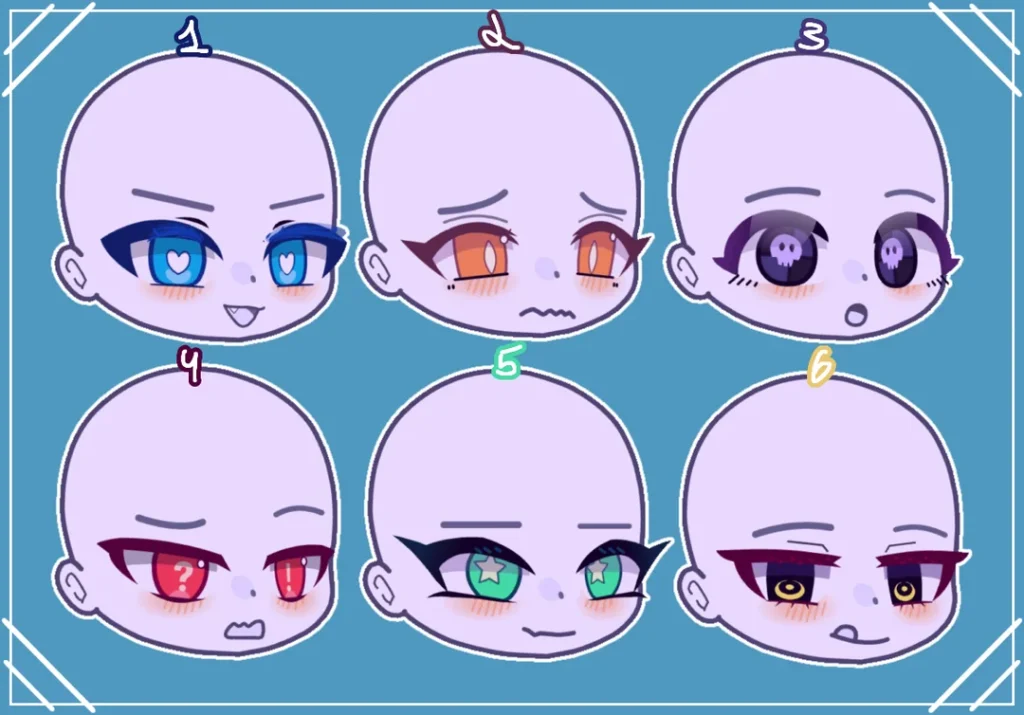
Dynamic poses and perspective shifts help amplify key moments. For example, enlarging a character’s size in the frame during an outburst increases the perceived emotional volume of the scene.
Pacing and Plot Progression Through Scene Transitions
One of the most overlooked aspects of storytelling in Gacha Club is pacing. Good pacing ensures the viewer remains engaged without feeling overwhelmed or bored. Studio Mode’s structured frame system naturally supports pacing by encouraging creators to break their stories into digestible pieces.
Transitional scenes—such as walking through a corridor or changing settings—help space out plot points. Similarly, switching between close-ups and wide shots gives the illusion of cinematic rhythm.

Some creators extend their projects across multiple episodes, using part titles and “To Be Continued” slides to emulate serialized storytelling, much like anime or webcomics.
Using Props and Backgrounds to Set Tone
Background selection and prop placement are key parts of environmental storytelling. Gacha Club offers a wide variety of built-in backgrounds, ranging from castles and space stations to bedrooms and cafés.
Selecting the right setting communicates story context without needing exposition. A dark alley sets a mood for suspense. A sunlit field suggests innocence or reflection.
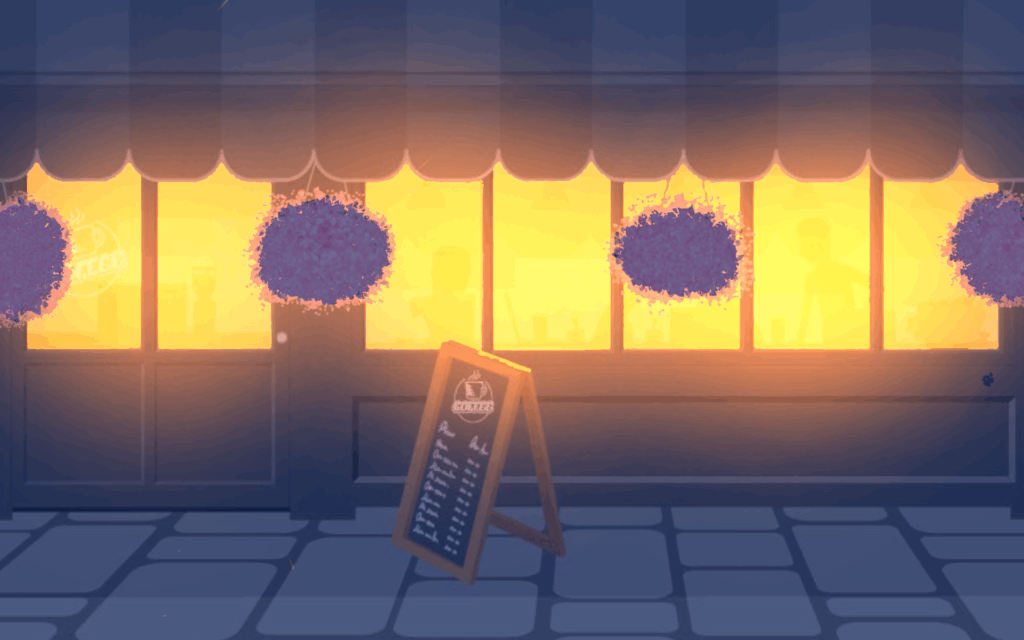
Props like chairs, swords, floating orbs, or even scenery objects help build atmosphere. Placing a rose in a character’s hand might signal romance or loss. A broken mirror can imply fractured identity.
Symbolism and Thematic Depth Through Design
Advanced storytellers use symbolic visuals to reinforce themes. Gacha Club allows subtle repetition of colors, outfits, or objects to support narrative motifs.
For example, a recurring butterfly motif across several characters may represent change or rebirth. A protagonist who begins the story in white and gradually dons darker clothing can reflect internal corruption or conflict.
Themes such as duality, fate, sacrifice, or friendship can be visually embedded in scenes. Even the framing—placing one character always to the left or showing another surrounded by shadows—tells part of the story.
Community Feedback and Iterative Storytelling
A major part of Gacha Club storytelling happens outside the app itself. Creators often publish their stories on YouTube, TikTok, or Instagram, where audiences engage through comments, shares, and fan theories.
This feedback loop allows for iterative storytelling. Viewers might fall in love with a side character, inspiring the creator to expand their role. Alternatively, a plot twist that confuses fans might prompt the creator to offer additional exposition in the next episode.
The community-driven nature of Gacha Club means stories evolve with audience participation, blending fanservice with creator vision.
Common Tropes and Creative Avoidance
Because Gacha Club has a large user base of young creators, many common tropes arise: high school drama, magic academies, demon vs. angel rivalries, and love triangles are frequent.

While these can be fun, more experienced creators may choose to subvert expectations by inverting these tropes. Instead of a popular student being a bully, they might secretly be the most emotionally mature. A demon might be the story’s moral center, challenging traditional archetypes.
Subverting or deepening these common narrative devices helps stories stand out in a saturated space and keeps audiences guessing.
Publishing and Polishing: Finalizing Your Story
Once a story is complete, presentation becomes key. Many creators edit their scenes into videos with background music, voice acting, or transitions using external apps like CapCut, Kinemaster, or VN.
Titles, thumbnails, and summaries play a critical role in drawing attention to Gacha Club stories online. Creators often learn to blend visual storytelling with marketing know-how to grow their audience.
Releasing stories in parts or creating trailers also builds anticipation. The more polished the final product, the more emotional impact it delivers—and the more likely it is to go viral.
Conclusion: Gacha Club as a Narrative Powerhouse
Despite its lighthearted appearance, Gacha Club is one of the most accessible and flexible tools for visual storytelling available to young creators. Its unique combination of customization, scene construction, and community interaction allows users to explore complex narratives in ways traditional games do not.
The limitations it imposes—no voice acting, no animations—paradoxically strengthen creative expression. Through character design, scene pacing, symbolic choices, and audience feedback, Gacha Club becomes a breeding ground for new storytellers.
With effort, intention, and vision, players can transform a simple avatar creator into a living, breathing world of meaning.





